(TRIMETHYLSILYL)METHYLLITHIUM
- CAS NO.:1822-00-0
- Empirical Formula: C4H11LiSi
- Molecular Weight: 94.16
- MDL number: MFCD00010747
- SAFETY DATA SHEET (SDS)
- Update Date: 2025-01-27 09:38:02

What is (TRIMETHYLSILYL)METHYLLITHIUM?
Chemical properties
Clear light yellow liquid
Physical properties
mp 112 °C.
The Uses of (TRIMETHYLSILYL)METHYLLITHIUM
Initiates polymerization and copolymerization of cyclosiloxanes.1 Alkylates metal complexes.2
The Uses of (TRIMETHYLSILYL)METHYLLITHIUM
Trimethylsilylmethyllithium is a reagent used in the methylenation of carbonyl compounds; reacts with carboxylic acid derivatives to provide α-silyl ketones; synthesis of allylsilanes. It participates in the reactions of Peterson Alkenation, Reaction with Carboxylic Acid Derivatives, Other Electrophiles, etc.
The Uses of (TRIMETHYLSILYL)METHYLLITHIUM
Initiates polymerization and copolymerization of cyclosiloxanes. Alkylates metal complexes.
Preparation
Trimethylsilylmethyllithium is obtained by reaction of (chloromethyl)- trimethylsilane with lithium metal in an inert solvent. It is also available by displacement of a heteroatom group based on sulfur, silicon, or tin.
Properties of (TRIMETHYLSILYL)METHYLLITHIUM
| Melting point: | 112-117 °C (decomp) |
| Boiling point: | 35-36 °C |
| Density | 0.65 g/mL at 25 °C |
| Flash point: | −57 °F |
| storage temp. | 2-8°C |
| solubility | Sol ethereal solvents; reacts with protic solvents. |
| Specific Gravity | 0.66 |
| Hydrolytic Sensitivity | 8: reacts rapidly with moisture, water, protic solvents |
| BRN | 4123225 |
Safety information for (TRIMETHYLSILYL)METHYLLITHIUM
| Signal word | Danger |
| Pictogram(s) |
 Flame Flammables GHS02  Corrosion Corrosives GHS05  Exclamation Mark Irritant GHS07  Health Hazard GHS08  Environment GHS09 |
| GHS Hazard Statements |
H224:Flammable liquids H304:Aspiration hazard H314:Skin corrosion/irritation H336:Specific target organ toxicity,single exposure; Narcotic effects H411:Hazardous to the aquatic environment, long-term hazard |
| Precautionary Statement Codes |
P210:Keep away from heat/sparks/open flames/hot surfaces. — No smoking. P261:Avoid breathing dust/fume/gas/mist/vapours/spray. P273:Avoid release to the environment. P280:Wear protective gloves/protective clothing/eye protection/face protection. P301+P310:IF SWALLOWED: Immediately call a POISON CENTER or doctor/physician. P305+P351+P338:IF IN EYES: Rinse cautiously with water for several minutes. Remove contact lenses, if present and easy to do. Continuerinsing. |
Computed Descriptors for (TRIMETHYLSILYL)METHYLLITHIUM
(TRIMETHYLSILYL)METHYLLITHIUM manufacturer
HYCHEM LABORATORIES
New Products
3-(hexyloxy)-4-(pyridin-3-yl)-1,2,5-thiadiazole 3-Pyridineacetonitrile, α-hydroxy- 2-Propanamine, 1-chloro-, hydrochloride (9CI) 3-Iodophenylacetic acid Cyclohexane, (2-propynyloxy)- (S)-1-Boc-3-methanesulfonyloxy-pyrrolidine Pivalic anhydride,98% Phenylmethanesulfonyl fluoride, 98% Glyoxylic acid solution, 50% in water tert-Butyl glycinate,97% 4-Ethoxybenzoic acid, 99% Sodium 1-octanesulfonate monohydrate 7-Ethyl Tryptophol 2-AMINO-3,5-DIBROMO BENZALDEHYDE [ADBA] L-Glutamic Acid Dimethyl Ester Hcl N, N-Carbonyldiimidazole (CDI) 5-Cyanophthalide 10-Methoxy-5H-dibenz[b,f]azepine 3-Methoxybenzonitrile Dibenzoyl Peroxide 4-Methoxybenzonitrile Titanium Dioxide Chloral PentachlorobenzonitrileRelated products of tetrahydrofuran







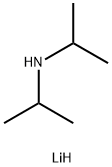
You may like
-
 (TRIMETHYLSILYL)METHYLLITHIUM (1.0 M in Pentane)View Details
(TRIMETHYLSILYL)METHYLLITHIUM (1.0 M in Pentane)View Details
1822-00-0 -
 (Trimethylsilyl)methyllithium solution CAS 1822-00-0View Details
(Trimethylsilyl)methyllithium solution CAS 1822-00-0View Details
1822-00-0 -
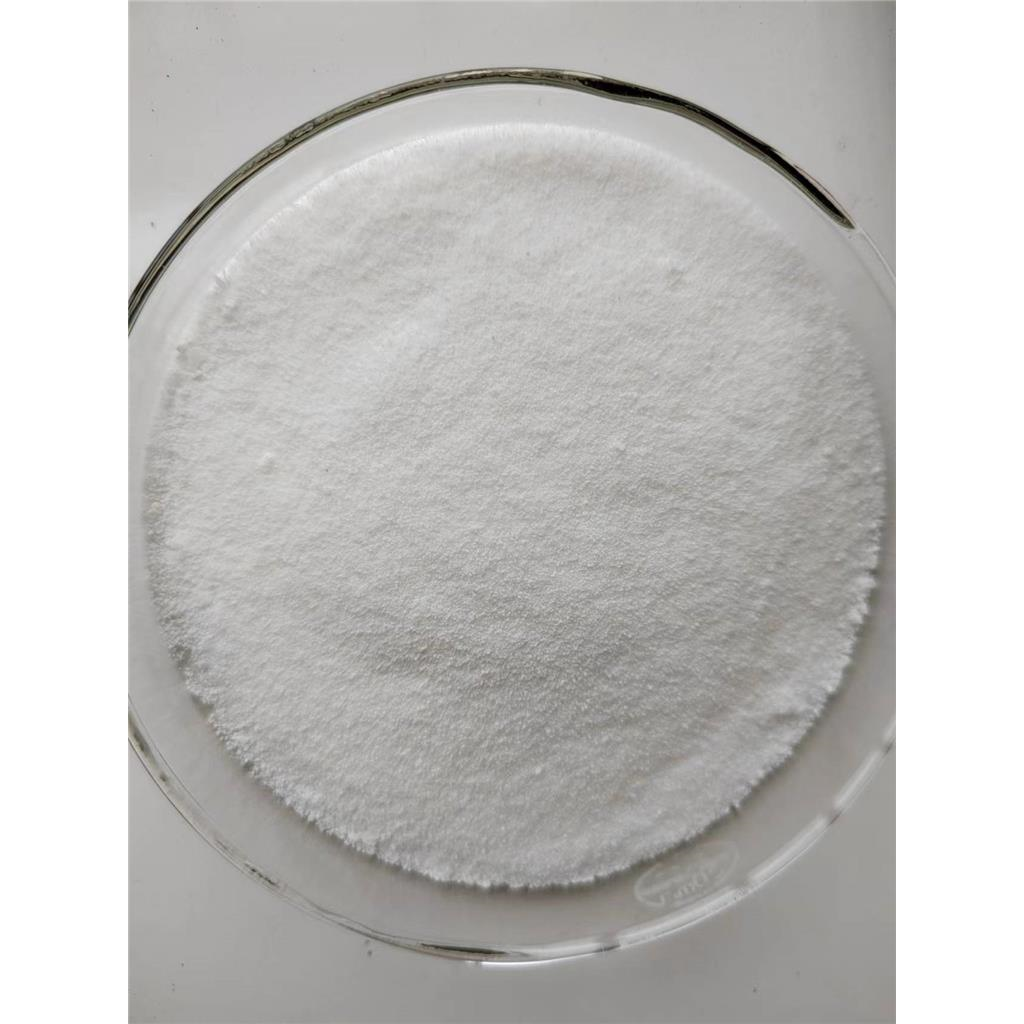 Avibactam INT 1View Details
Avibactam INT 1View Details
1416134-48-9 -
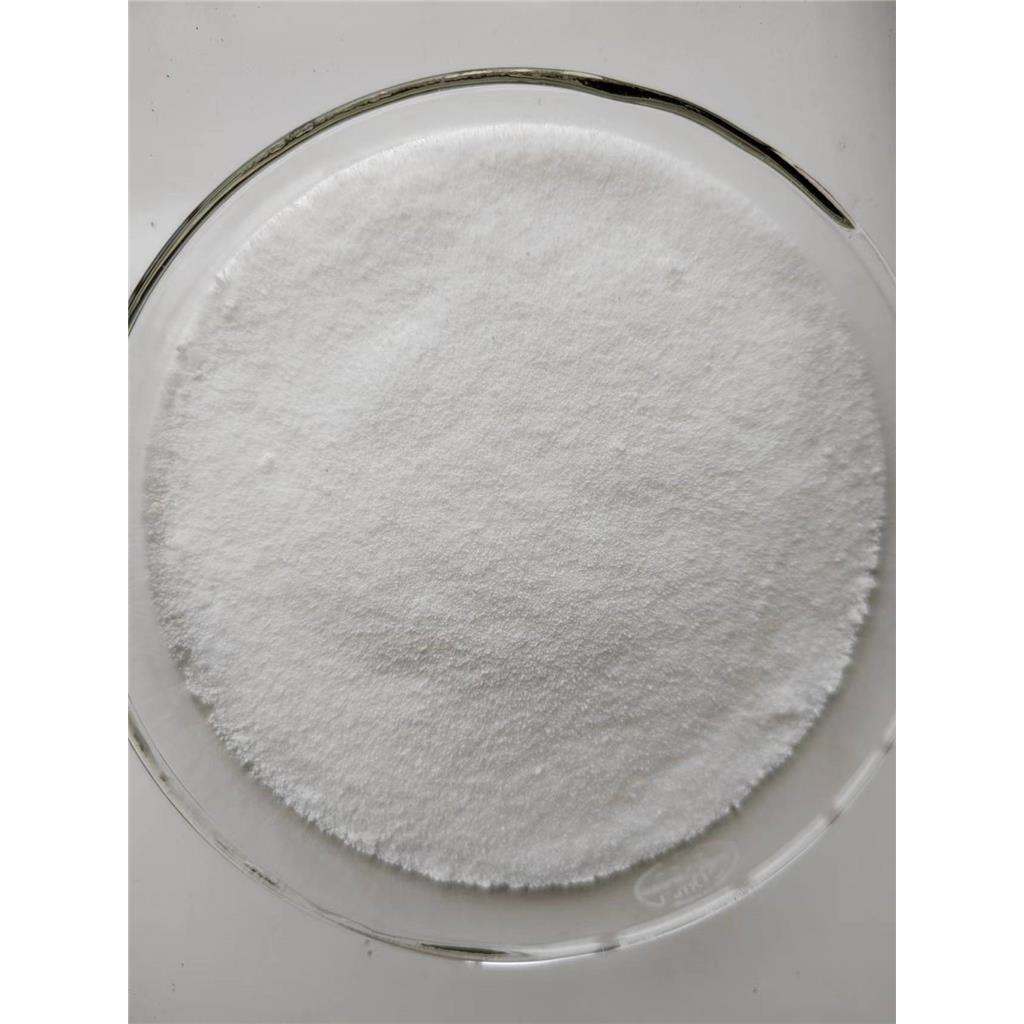 Avibactam sodium seriesView Details
Avibactam sodium seriesView Details
1192651-49-2 -
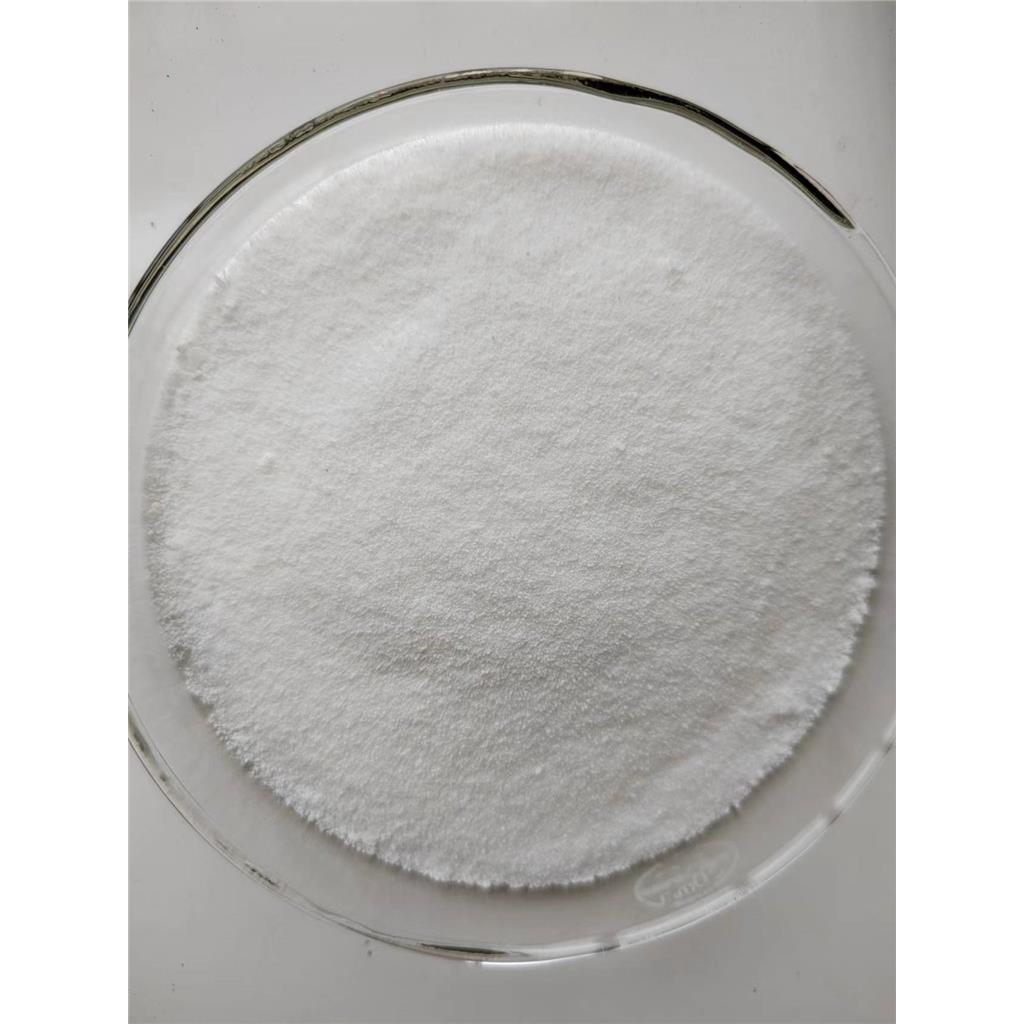 Avibactam seriesView Details
Avibactam seriesView Details
1192651-80-1 -
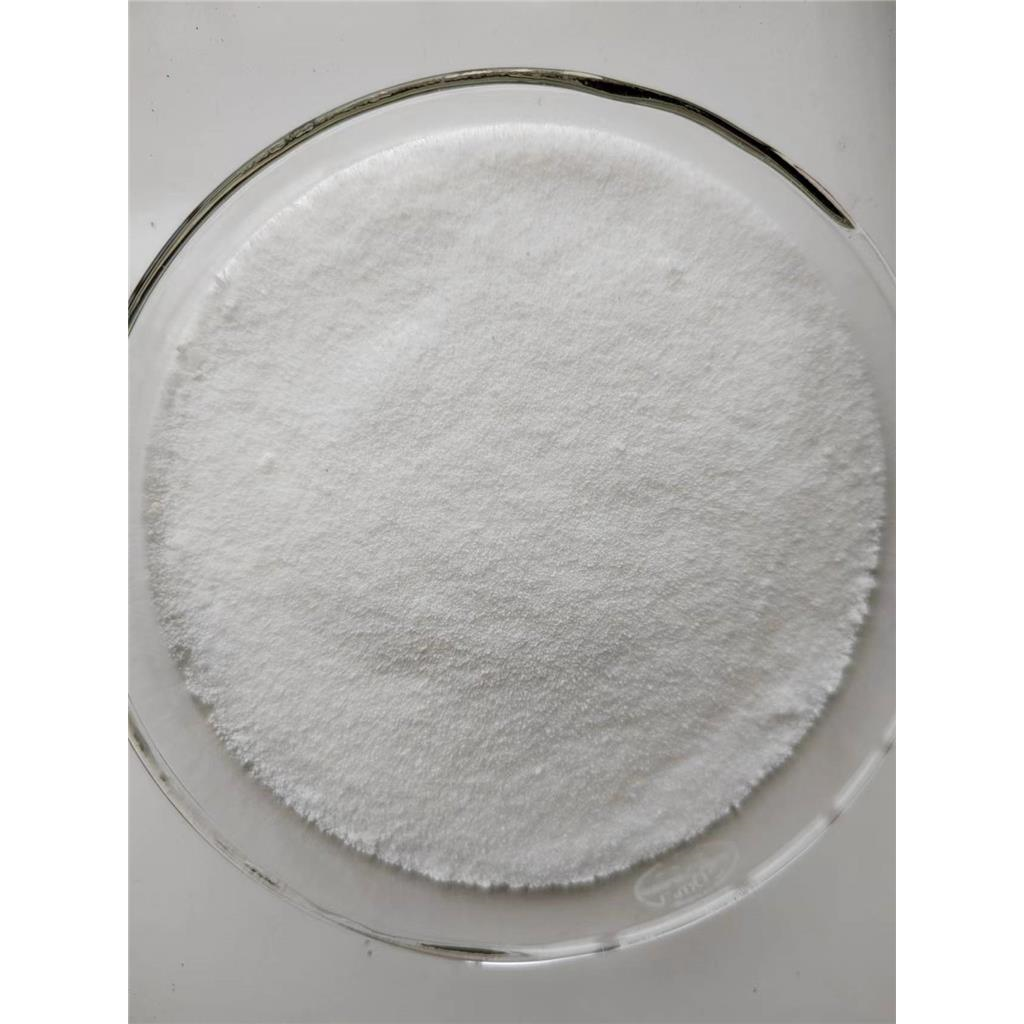 Avibactam Sodium SaltView Details
Avibactam Sodium SaltView Details
1192491-61-4 -
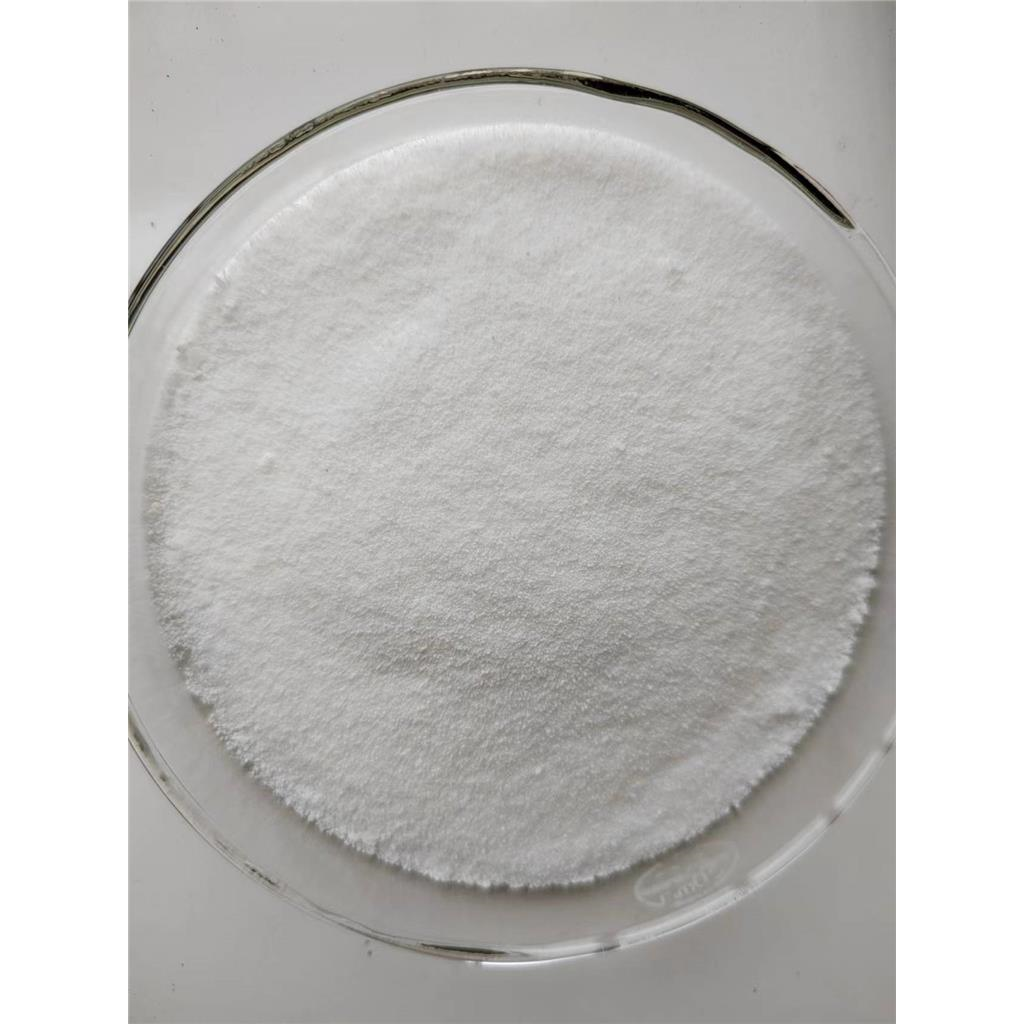 Avibactam intermediateView Details
Avibactam intermediateView Details
1171080-45-7 -
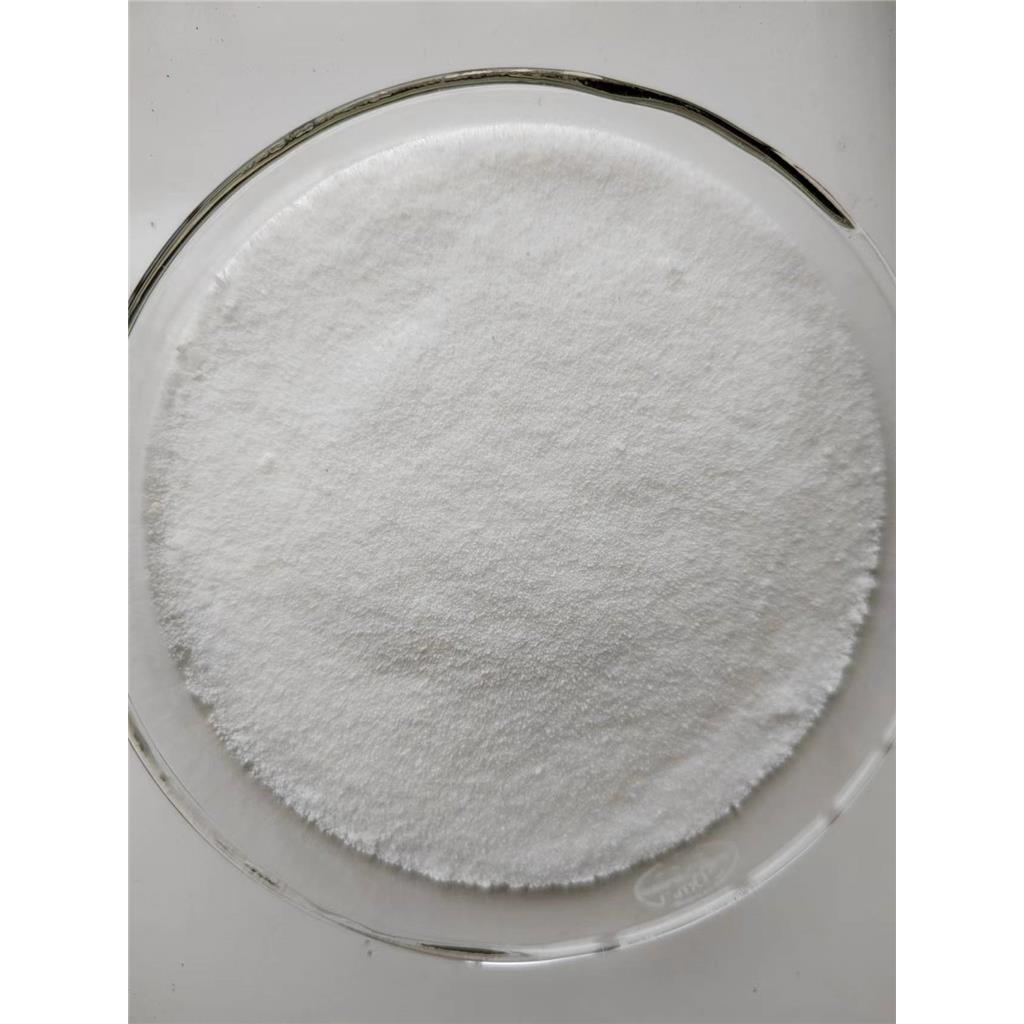 Relibatan intermediateView Details
Relibatan intermediateView Details
1416134-63-8
